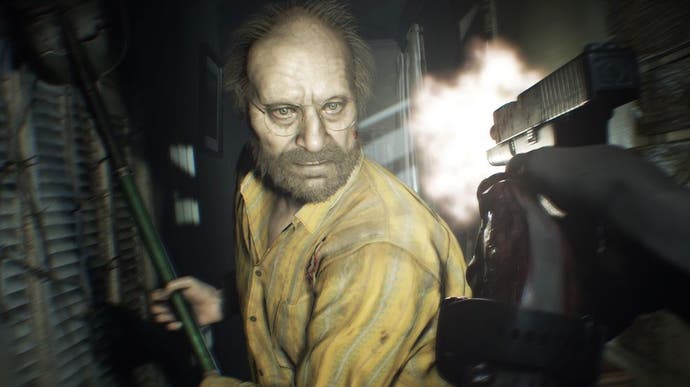Resident Evil 7's Xbox One X patch offers a big boost over the standard console
But how does it compare against PS4 Pro?
Built with some of the most impressive VR support we've seen so far, Resident Evil 7 is now available for Xbox One X, bringing with it the lure of 4K display support. Capcom targets 1080p on the regular consoles, but for the standard Xbox One, this causes a problem, with the game struggling to deliver anything like a consistent 60 frames per second. The X addresses two issues then, with the new patch delivering massively improved pixel counts and restoring performance to what it should be. And in turn, that begs the question: just how does it compare to the current PlayStation 4 Pro version?
Let's kick off by talking numbers. The fact is that Resident Evil 7 is a notoriously difficult game to pixel count. That 'found footage' style - with depth of field, film grain, chromatic aberration and other distortion effects - deliberately degrades the image for cinematic effect. As a result, the pure resolution metrics aren't just harder to nail down, but in practice, the visible divide between consoles is that much more hidden.
In our original analysis of the PS4 Pro edition, Capcom told us that the game rendered at 2240x1260, with additional lighting enhancements. Since then we've heard reports of a different number being used on Pro's 4K output mode. YouTube channel VG Tech in particular dissected the most recent patch 1.06 on PS4 Pro, finding a 3200x1800 resolution with what they believe to be checkerboard rendering.
We've approached Capcom for clarification and will update should a response arrive, but those stats hold up in our tests, which also suggest 1800p rendering - though there's a big question mark over the use of checkerboard rendering. The fact is that the stippling artefacts you'd associate with this technique are very well hidden behind the game's waves of post effects. In motion, the signs just aren't there; but it would explain how such a jump from 1260p is possible, if true. Checkerboarding or not, the good news is PS4 Pro's results are visibly upgraded next to a regular PS4's 1080p, and it's a good mode to have available if you own a 4K TV.
Using similar tests, Xbox One X appears to have an even higher target, with pixel counts resolving at the full 3840x2160. This 2160p is again obscured by a thick post-process pipeline, but there's no question that the raw frame-buffer is higher than Pro's. And much like Sony's console, there is the possibility Capcom is using checkerboarding or some kind of temporal reprojection technique to hit that number, but the evidence of it in motion is minimal. Again, it's really to the developer's credit that any wire-work to get these resolutions this high is so effectively disguised.
If it's 1800p on Pro against the 2160p on Xbox One X, there is a catch. Anti-aliasing differs between the two, and that seemingly has a bigger impact than either machine's base resolution. Running side-by-side comparisons really is a fascinating litmus test here and in motion each console has pros and cons. Xbox One X, for example, offers the cleanest image on console by far and PS4 Pro does produce more shimmer and visual noise, especially in busy areas like the opening forest. The visual output may suggest that Microsoft's machine is running equivalent to the FXAA+TAA mode that's available on PC. It's extremely thorough, but judging by the ghosting artefacts behind moving objects, PS4 Pro may also have a temporal component.
The downside to Xbox One X? Well, despite the higher base pixel count, the image as a whole is a touch softer than PS4 Pro's. This may be down to varying anti-aliasing solutions. There's no doubt Xbox One X gives a more pristine result overall, and shimmer is reduced - but perhaps its anti-aliasing approach is a double-edged sword here. Regardless of the suggested 1800p vs 2180p contest, it all boils down to a choice between X's clean but softer image, or the sharp but visually noisier output on PS4 Pro.







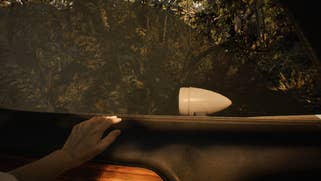

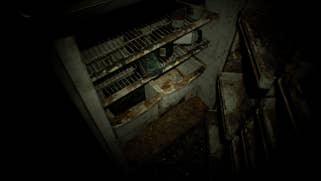
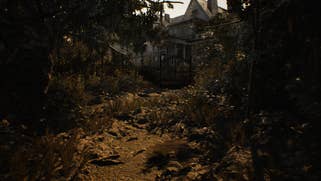
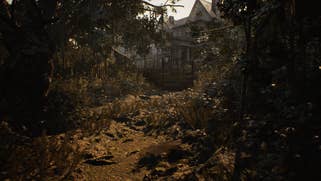
There are a few other differences to factor in. Texture resolution, filtering quality and even draw distance are identical between Pro and Xbox One X. The one area that is visibly improved on X hardware is in shadow quality. PS4 Pro suffers from more stippling on dynamic shadow edges - whereas Microsoft's machine produces a clean outline all the way through. In fairness, it's not something you'd notice outside of scenes in broad daylight, but it is a plus for X owners nevertheless.
Also welcome is the push for 60 frames per second gameplay. The best comparison point for this is the base Xbox One - seeing as the Pro runs at a smooth 60fps already. The Xbox One X has everything to prove, next to the circa-50fps reading you get on the base Xbox in many scenes. The enhanced console has offers a big boost here. Even with its resolution boost, Xbox One X runs beautifully at 60fps, bringing its performance level almost entirely into line with the PlayStation 4 versions of the game.
As items on a wishlist go, getting the base console's performance fixed is high up there. All of our tests were conducted on the latest 1.0.5 patch for each Xbox One machine, so sadly this is still the result for base machine users. Interestingly, X's result - as good as it is - can't quite lock to 60fps for the entire duration of gameplay. One explosive garage scene we tested brought about a quick hit to the mid-50s on Xbox One X. Stacked up against PS4 Pro, Sony's hardware doesn't buckle here, but bearing in mind that this is the only spot we've seen any kind of drop on X hardware, we can consider the patch a big success overall.
PlayStation's excellent VR support remains a highlight - and it's functionality that obviously Microsoft can't provide - but for 4K display users, Xbox One X offers a small bump to visual quality over an already decent PS4 Pro outing. In truth, both run well on an ultra HD screen - the big news here is the profound improvement over the standard Xbox One: users of Microsoft hardware finally get a great, super-smooth rendition of RE7 that brings the experience up to par with the PlayStation 4 version, and in some respects beyond.
